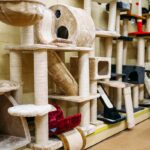The Andalusian Arabian Cross is a stunning fusion of two of the most iconic horse breeds in the world—the Andalusian and the Arabian. This horse isn’t just a looker; it’s intelligent, athletic, and deeply loyal. Perfect for riders who want both beauty and performance.
Origins of the Andalusian and Arabian Breeds
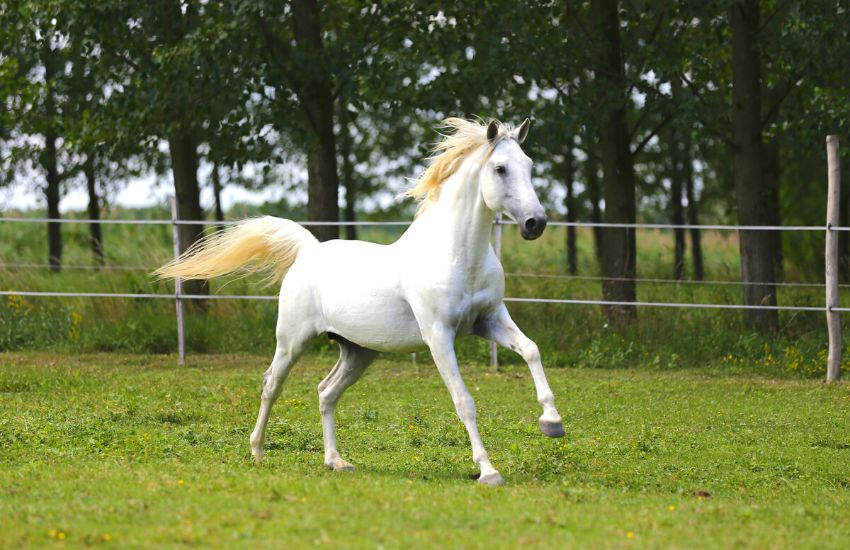
Each of these breeds has a rich history stretching back centuries. While the Arabian is known for its endurance and elegance in the deserts of the Middle East, the Andalusian made its mark in the classical riding schools of Europe. Together, they create something magical.
Historical Background

The Andalusian Horse: A Spanish Treasure
The Andalusian, also called the Pure Spanish Horse, originated in the Iberian Peninsula and was often the steed of kings, knights, and noblemen. They were prized for their majestic presence and fluid movement, especially in dressage and parades.
The Arabian Horse: A Desert Jewel
Arabian horses are one of the oldest breeds on earth. Bred by Bedouins, they were not just horses—they were family. Revered for their stamina, loyalty, and fiery spirit, Arabians are excellent for long rides across challenging terrain.
Shared Nobility and Legacy
Both breeds have shaped the equestrian world and influenced many modern horses. Their combination is no accident—it’s the result of centuries of admiration and breeding mastery.
Breed Characteristics
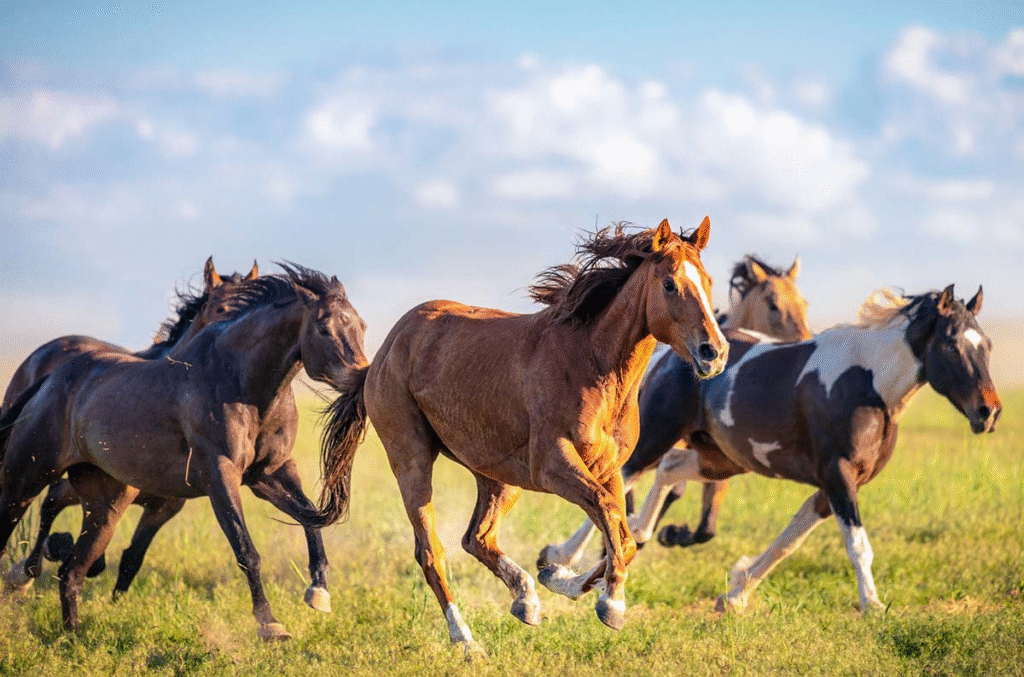
Physical Appearance
Size and Structure
Andalusian Arabian Cross horses usually stand between 15 and 16 hands high. They possess a muscular yet graceful build, combining the compact power of the Andalusian with the refined bone structure of the Arabian.
Coat Colors and Patterns
Common colors include gray, bay, black, and chestnut. Some even exhibit the striking dapples or metallic sheen typical of Andalusians. Arabian influence often contributes to a shinier, finer coat.
Facial Features and Expressions
Expect a beautifully chiseled face, expressive almond-shaped eyes, and arched neck. It’s a show-stopping head-turner, no matter where it goes.
Temperament and Personality
Intelligence and Willingness
These horses are incredibly smart and eager to learn. They tend to bond closely with their handlers and thrive on mental stimulation.
Sensitivity and Energy
The Arabian influence brings heightened sensitivity and alertness. They’re aware of their environment but rarely skittish if trained correctly.
Andalusian Arabian Cross Traits
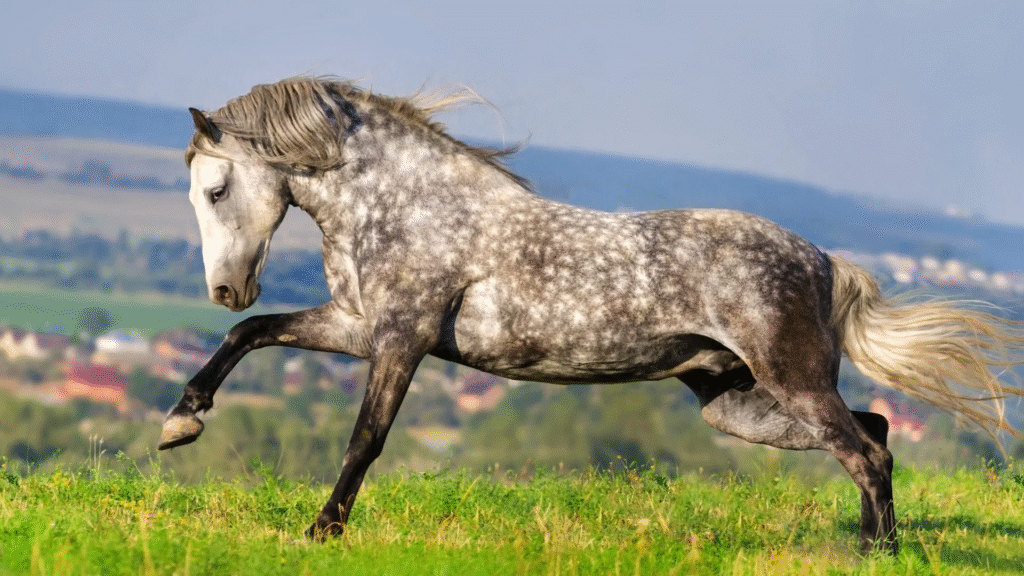
A Perfect Blend of Two Legends
The crossbreed takes the best traits of both: Andalusian power and grace with Arabian speed and stamina. Think of it as a luxury sports car—elegant but ready to run.
Strength and Grace Combined
You’ll see a horse that moves like poetry. Smooth gaits, agile transitions, and power that feels controlled rather than explosive.
Beauty with Brains
Not just a pretty face—this horse is brilliant, picks up cues fast, and remembers them well. Great for riders who want a responsive partner.
Ideal Uses and Disciplines
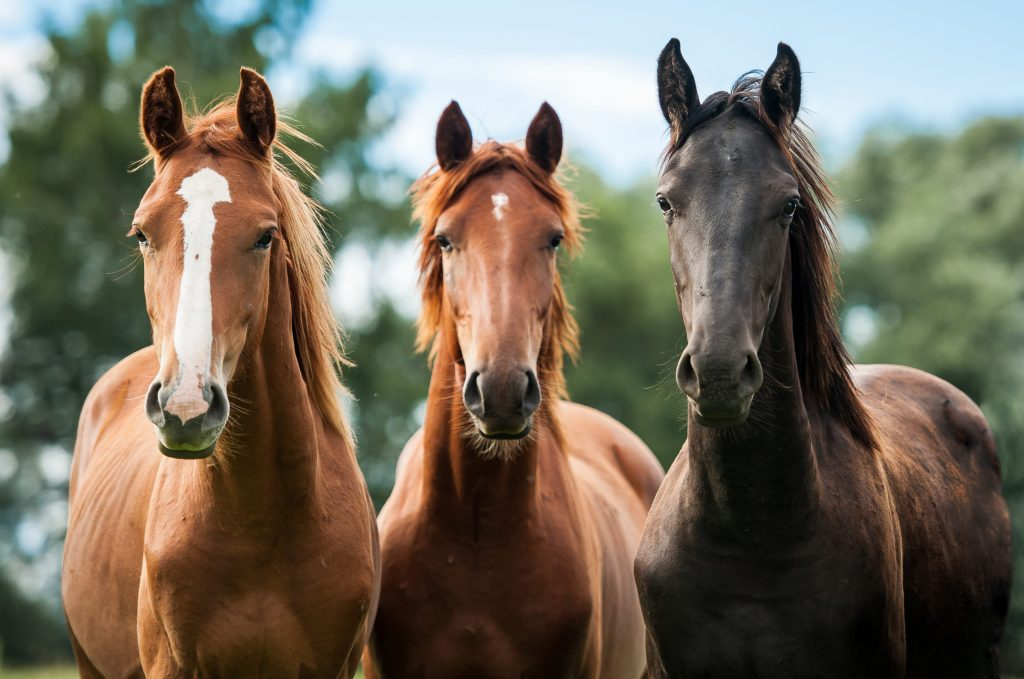
Dressage and Performance
The natural elevation and rhythm of this cross make it ideal for classical dressage and arena performances.
Endurance and Trail Riding
Arabian stamina allows these horses to go for miles, making them excellent companions for competitive trail rides.
Pleasure Riding and Shows
Whether you’re just trotting around the pasture or dazzling a crowd at a horse show, the Andalusian Arabian Cross delivers.
Care and Maintenance
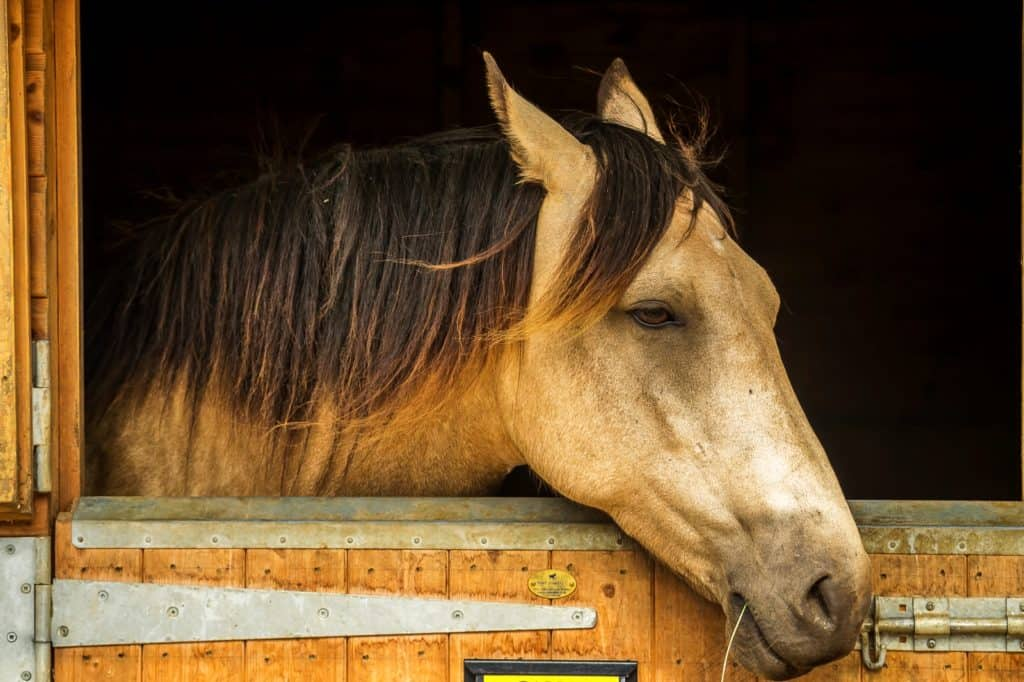
Grooming Requirements
Their often-thick manes and tails require regular brushing. Their skin may be sensitive like Arabians, so gentle grooming tools are ideal.
Nutritional Needs
Balanced diets with high-fiber for energy and protein for muscle are key. Be cautious with high-sugar grains, especially in the Arabian-influenced horses.
Exercise and Training
Regular physical activity is a must. These horses love having a job, so variety in training keeps them engaged and happy.
Health Considerations
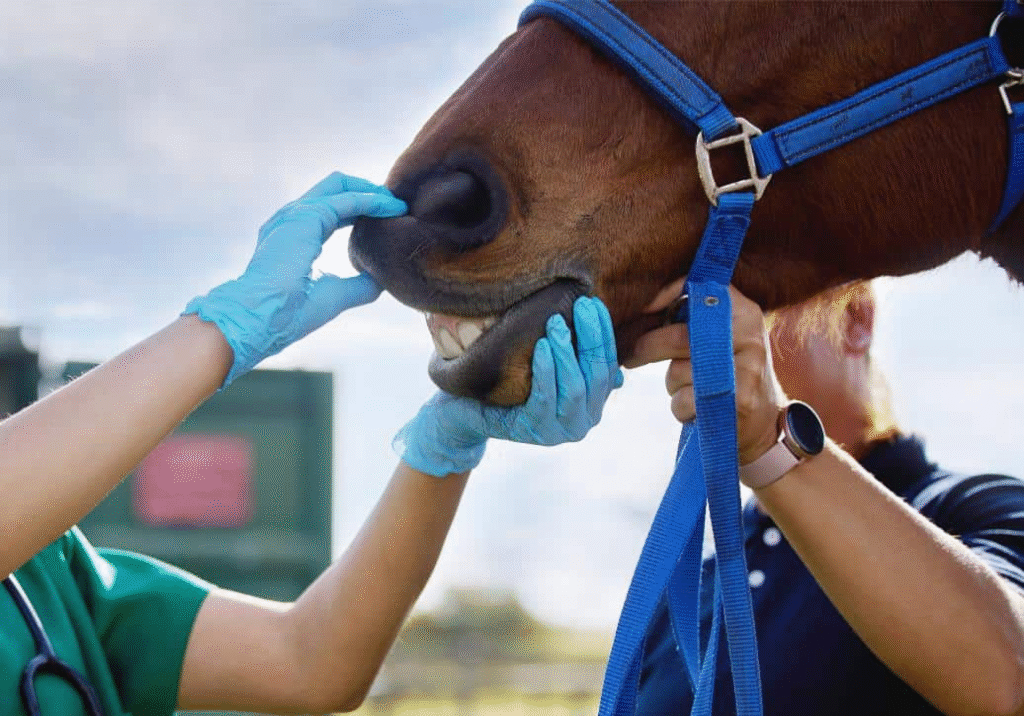
Common Health Issues
They are generally hardy but may be prone to respiratory sensitivities or digestive issues like colic. Regular vet checks are a must.
Lifespan and Longevity
With proper care, these horses often live 25 to 30 years, sometimes more. They tend to remain active well into their senior years.
Preventive Measures
Routine vaccinations, dental care, and deworming are crucial. Also, ensure a clean, stress-free environment to keep them mentally sharp.
Buying and Ownership

Where to Find Andalusian Arabian Crosses
Check out reputable breeders, horse rescue groups, or specialized crossbreed farms. Online equine marketplaces may also list them.
Price Range and Costs
Expect to pay between $6,000 and $20,000 depending on training, lineage, and show potential. Monthly upkeep can range from $300 to $800.
Choosing the Right Horse for You
Match the horse’s energy and training level with your own. Consider trial rides, vet checks, and a training history before you commit.
Breeding Insights
The Art of Crossbreeding Andalusians and Arabians
Breeders aim for harmony—merging strong Andalusian lines with refined Arabian bloodlines. It’s both science and artistry.
Genetic Traits Passed Down
You’ll often see dominant Arabian facial features with Andalusian body mass. The temperament is generally a cooperative blend of both.
Training the Andalusian Arabian Horse
Best Practices for Early Training
Start young with groundwork and positive reinforcement. This crossbreed responds well to praise and consistency.
Working with Their Sensitivity
Be gentle and patient. Harsh correction doesn’t work here. They thrive under soft guidance and trust-based leadership.
Tips for a Lasting Bond
Spend time on the ground. Groom, talk, play. These horses aren’t machines—they want a relationship.
Popularity Around the World
Global Interest in the Crossbreed
From the U.S. to Europe and the Middle East, this horse is gaining popularity thanks to its versatility and beauty.
Shows and Competitions
They often shine in dressage, endurance, liberty work, and costume shows—thanks to their majestic movements and elegant appearance.
Cultural Significance
Influence in History, Film, and Literature
You’ve likely seen Andalusians in historical films or Arabians in desert tales. Together, they embody fantasy and elegance in real life.
Role in Modern Equestrian Culture
They represent a new era—where breed purity takes a back seat to excellence in form and function.
Differences Between Purebreds and Crossbreeds
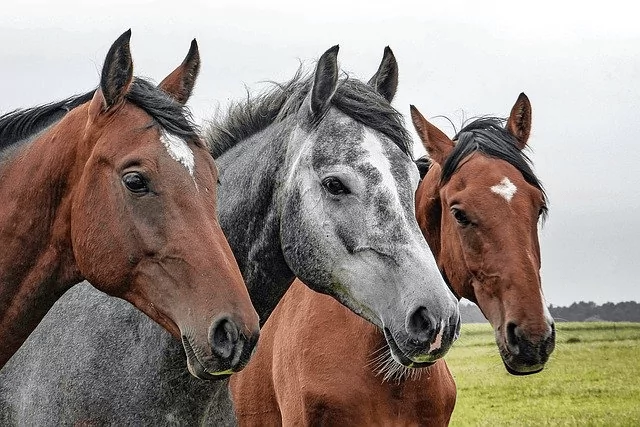
Andalusian vs. Arabian vs. Crossbreed Comparison
| Trait | Andalusian | Arabian | Andalusian Arabian Cross |
|---|---|---|---|
| Build | Muscular & compact | Lean & refined | Balanced |
| Temperament | Calm & noble | Spirited & loyal | Intelligent & willing |
| Use | Dressage, Shows | Endurance, Riding | All-around performer |
Why Choose a Crossbreed?
Because you get the best of both worlds. It’s like mixing two perfect paints to get the masterpiece you always wanted.
Real Owner Experiences
Stories from Andalusian Arabian Cross Owners
Owners rave about the breed’s versatility, connection, and flair. “I feel like I’m riding a living sculpture,” says one rider.
The Emotional Bond
These horses form deep emotional ties. They’ll follow you around, nuzzle you, and stay loyal for life.
Conclusion
The Andalusian Arabian Cross isn’t just a horse—it’s an experience. With unmatched grace, intelligence, and loyalty, it represents a perfect balance of two noble lineages. Whether you’re competing, riding for fun, or simply looking for a beautiful companion, this crossbreed could be your dream come true.
FAQs
1. Are Andalusian Arabian Crosses good for beginners?
They can be, especially if they are well-trained. Their sensitivity may require a gentle, patient rider.
2. How much exercise do they need?
Moderate to high. They love staying active and need both physical and mental stimulation.
3. Can they live in hot climates?
Yes! Thanks to the Arabian blood, they adapt well to warmer conditions.
4. Do they do well with other horses?
Absolutely. They are social and often get along with herd mates.
5. How often should they be groomed?
Ideally 3–5 times a week, especially if they have long manes and tails.






